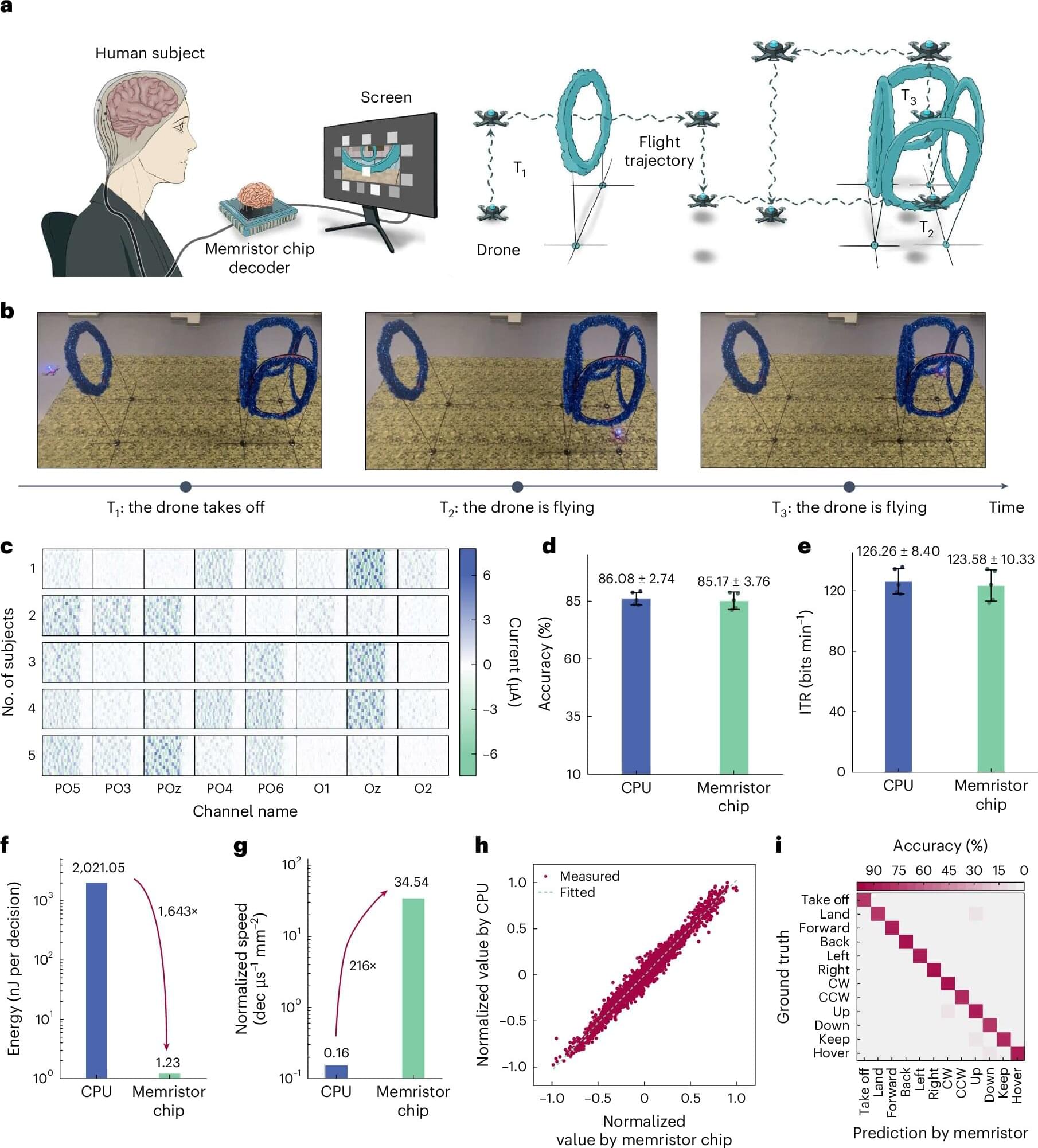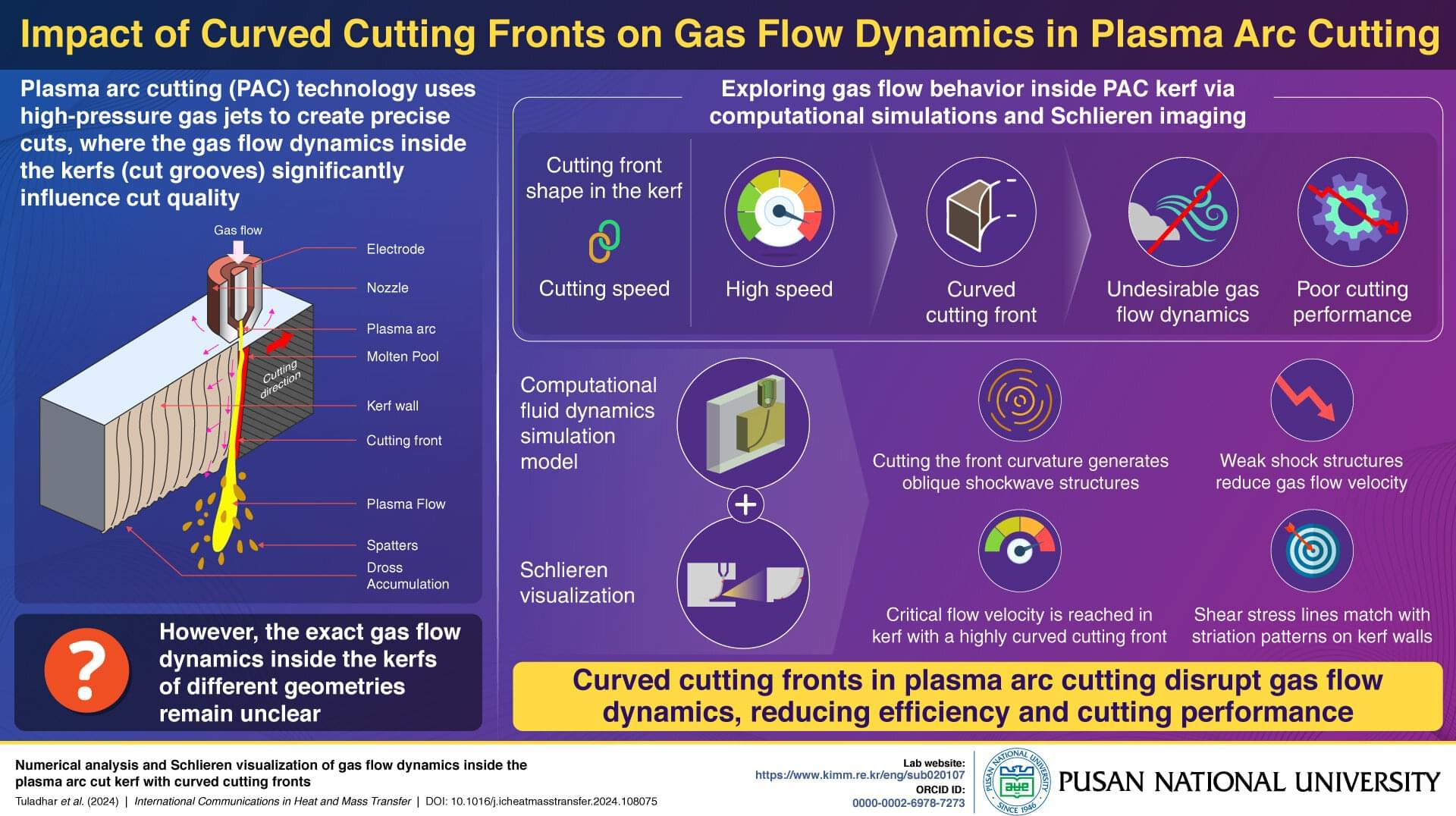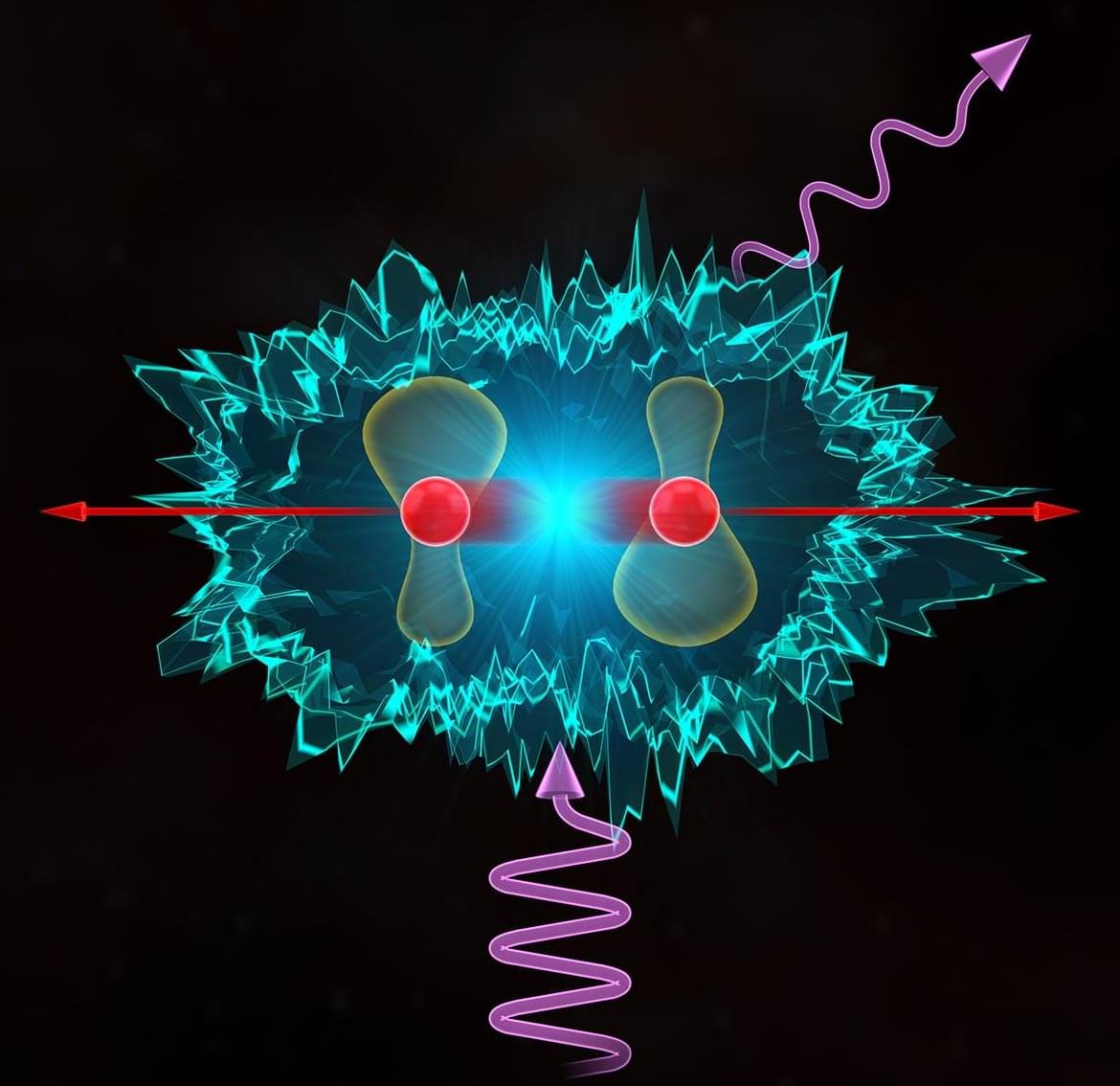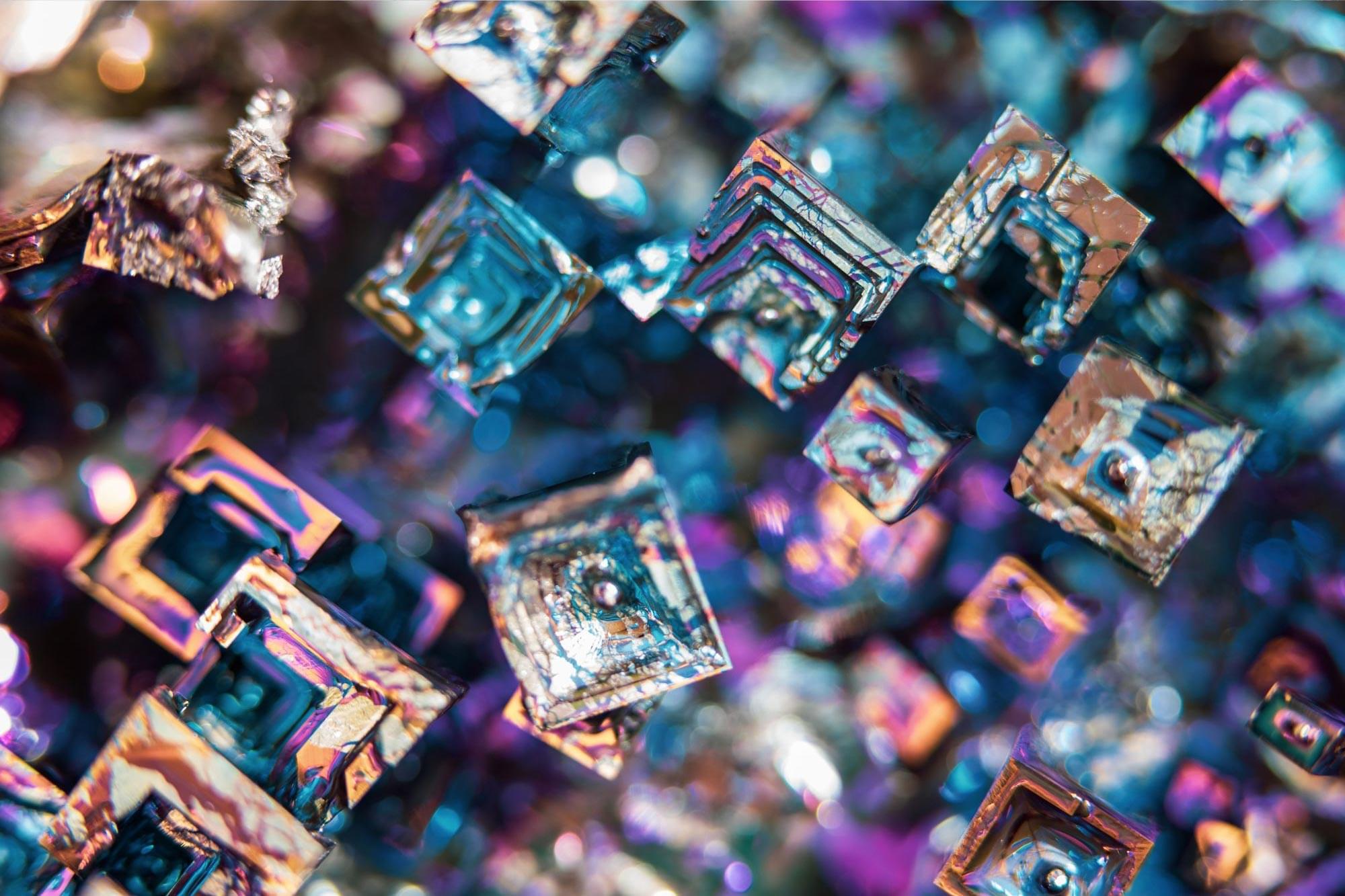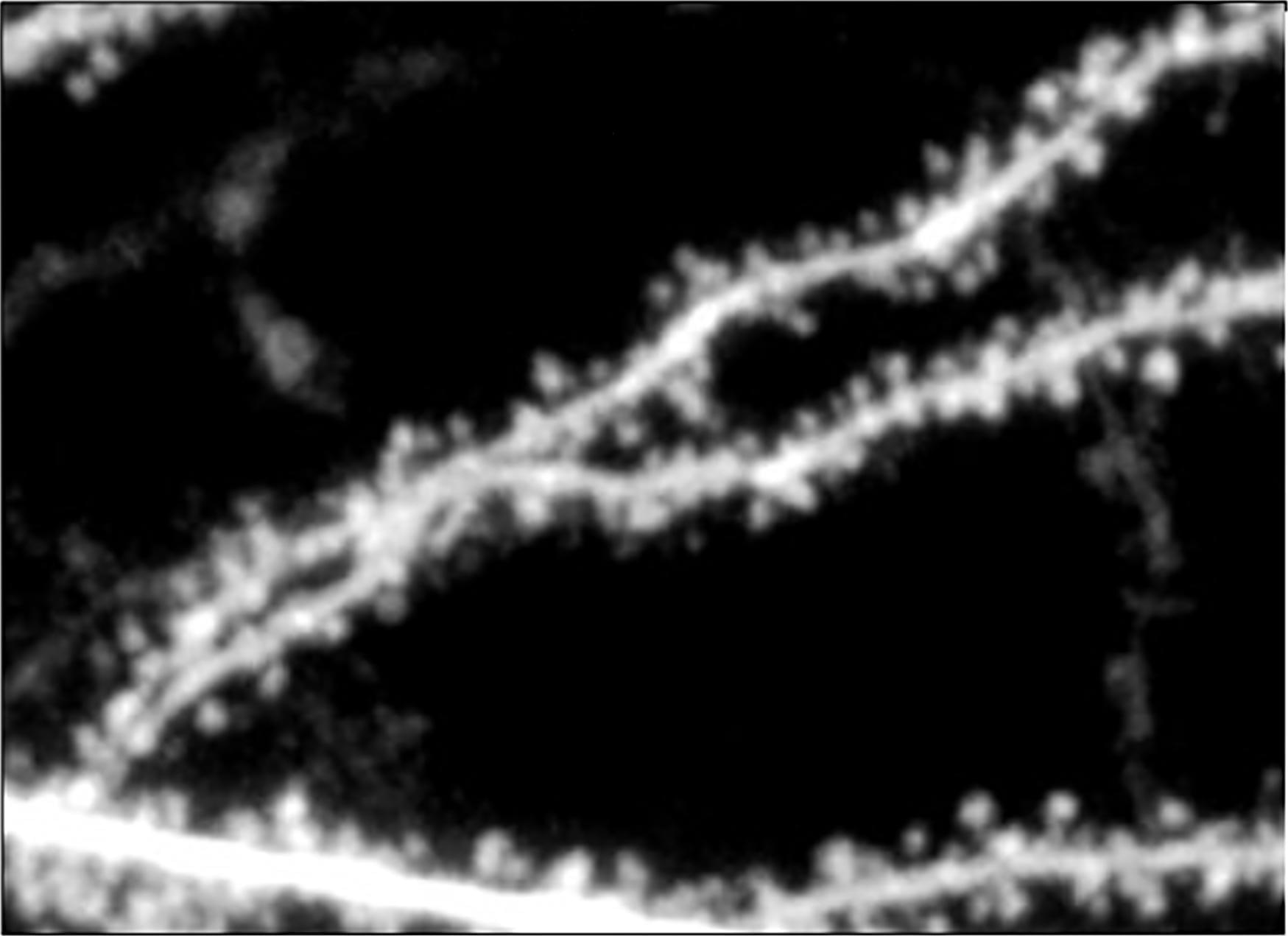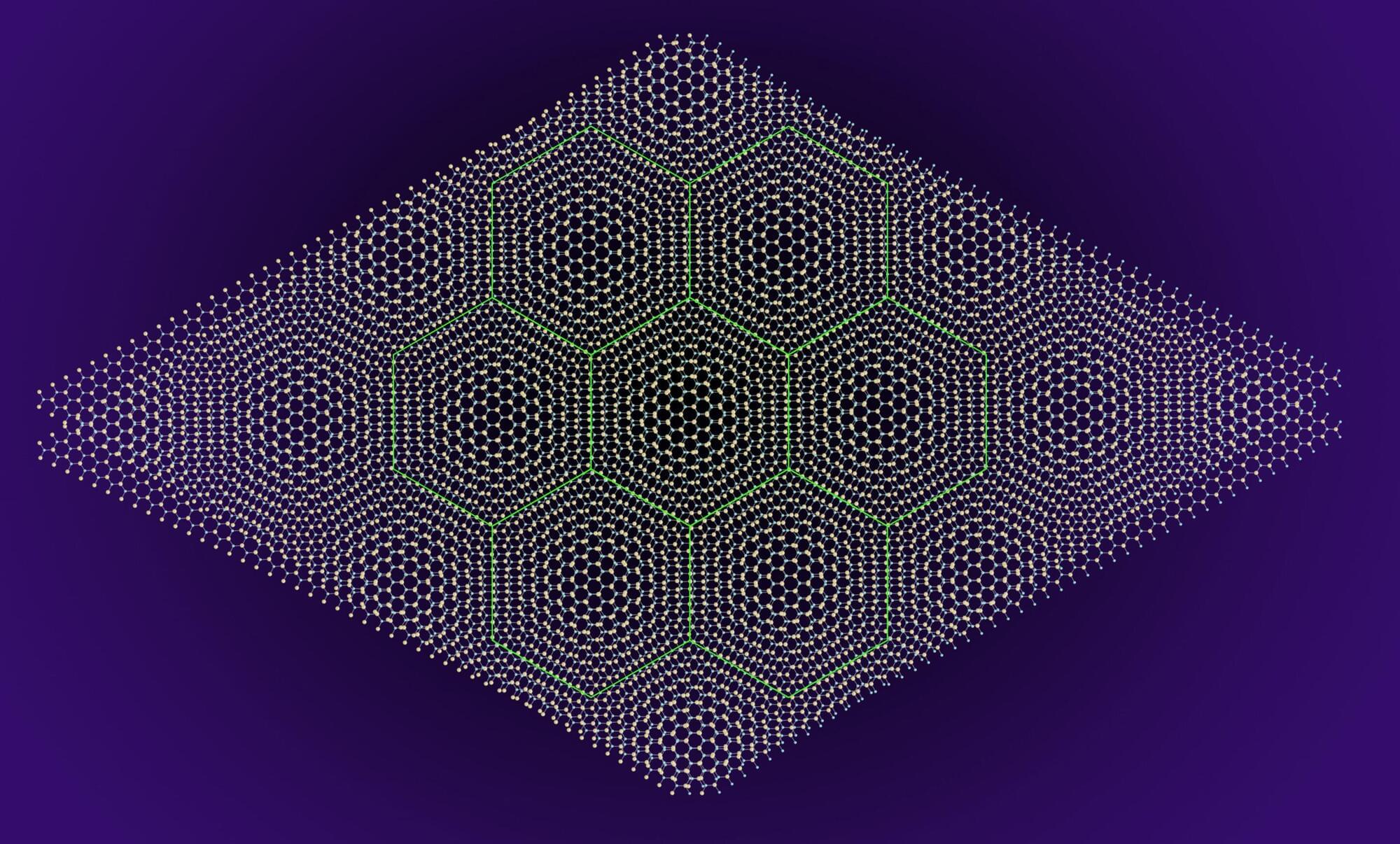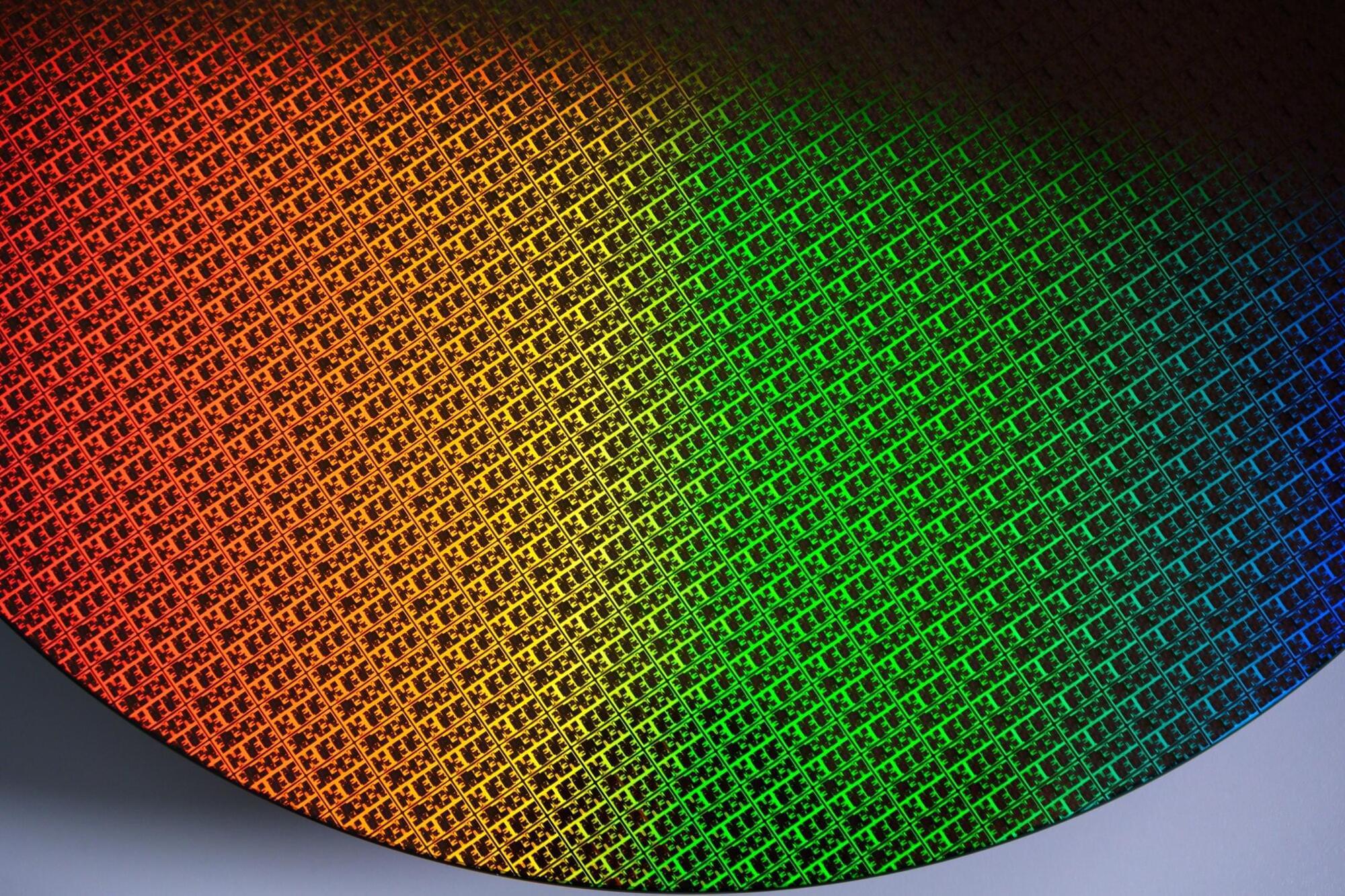Joint research demonstrating the ability to readout superconducting qubits with an optical transducer was published in Nature Physics.
Quantum computing has the potential to drive transformative breakthroughs in fields such as advanced material design, artificial intelligence, and drug discovery. Of the quantum computing modalities, superconducting qubits are a leading platform towards realizing a practical quantum computer given their fast gate speeds and ability to leverage existing semiconductor industry manufacturing techniques.
However, fault-tolerant quantum computing will likely require 10,000 to a million physical qubits. The sheer amount of wiring, amplifiers and microwave components required to operate such large numbers of qubits far exceeds the capacity of modern-day dilution refrigerators, a core component of a superconducting quantum computing system, in terms of both space and passive heat load.
